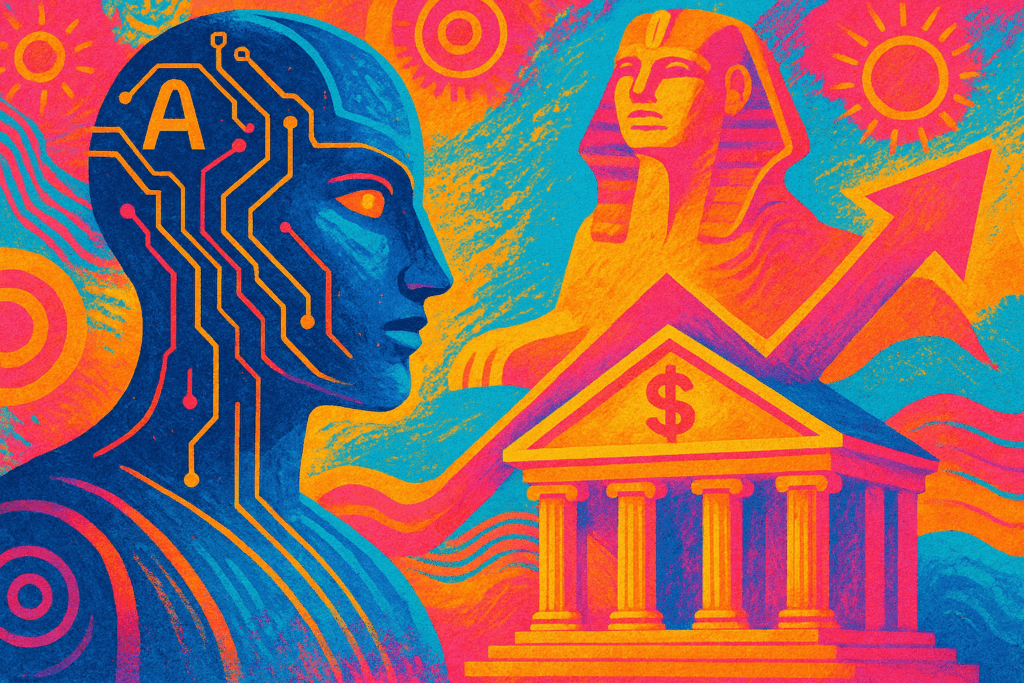The End of “Sticky” Funding and Loans
AI-driven automation is dissolving the traditional concept of “sticky” deposits. Banks now face deposit fluidity as AI tools optimize yield placement in real-time, intensifying pressure on net interest margins. On the lending side, agentic AI evaluates loan options continuously, accelerating refinance cycles and compressing loan retention. This dynamic environment requires banks to adapt with agile operations and advanced digital infrastructure to maintain profitability.
Integration: The New Competitive Moat
Customer loyalty no longer hinges on legacy banking relationships. Instead, success depends on seamless API accessibility, high-quality data, and instant responsiveness. Banking has evolved into a networked software competition where technical compatibility and integration capabilities outweigh institution size. Institutions that deliver reliable, real-time digital experiences secure stronger positionings in this landscape.
Strategic Imperatives for the AI Era
To compete effectively, banks must architect systems for continuous process execution and reevaluate profit centers in light of AI-driven fluidity. Prioritizing data interoperability between partners and platforms enhances real-time decision-making. Strengthening risk and liquidity management frameworks for AI-generated insights is essential. Investing in infrastructures that build and maintain customer trust fosters loyalty that transcends convenience.
Conclusion: Competing at Software Speed
As value creation in banking becomes a continuous, invisible process powered by AI, institutions must embed intelligence deeply within their operations. Designing for integration and precision pricing are key to maintaining relevance and outpacing competitors in an AI-driven financial ecosystem.




